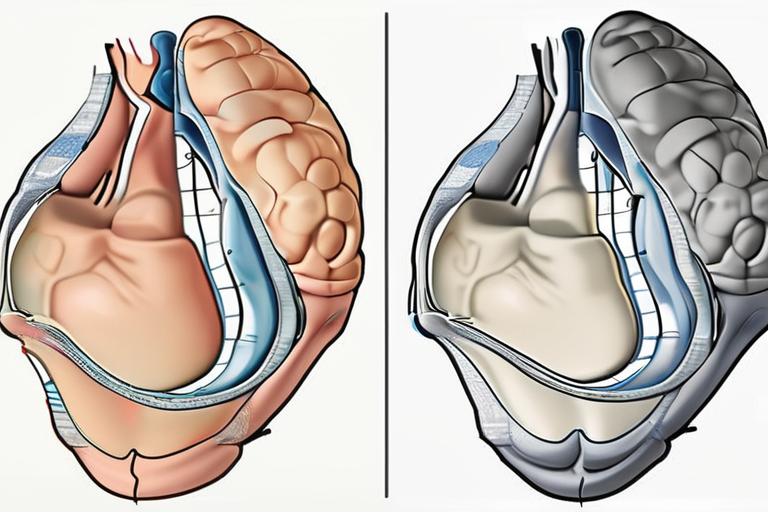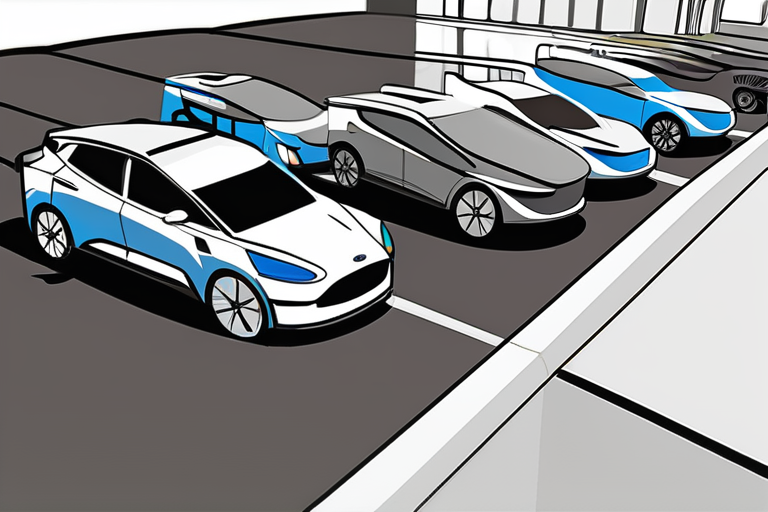Grid Revolution: Simulation-Driven Optimization Unleashes Efficiency and Sustainability


Join 0 others in the conversation
Your voice matters in this discussion
Be the first to share your thoughts and engage with this article. Your perspective matters!
Discover articles from our community
 Hoppi
Hoppi

 Hoppi
Hoppi

 Hoppi
Hoppi

 Hoppi
Hoppi

 Hoppi
Hoppi

 Hoppi
Hoppi
Xi, Putin and Kim show united front at huge Chinese military paradeThomas MackintoshBBC NewsWatch: Key moments from China's military paradeThe …

Hoppi

Toni, the Pygmy Hippo, Arrives in France After Berlin Exit MULHOUSE, France - August 27, 2025 - Toni, the beloved …

Hoppi

Scientists Uncover Long-Sought Secret to Why Most People Have an "Innie" Belly Button A team of researchers at the Institute …

Hoppi

Leaders of Mexican Megachurch Accused of Sex-Trafficking Enterprise A sprawling sex-trafficking operation allegedly led by the leaders of La Luz …

Hoppi

Ford CEO Warns of Industry Contraction as EV Tax Credit Expires The expiration of the federal electric vehicle (EV) tax …

Hoppi

Spotify's HiFi Listening Feature Is Here (Finally) After years of anticipation, Spotify has finally rolled out its long-awaited lossless audio …

Hoppi